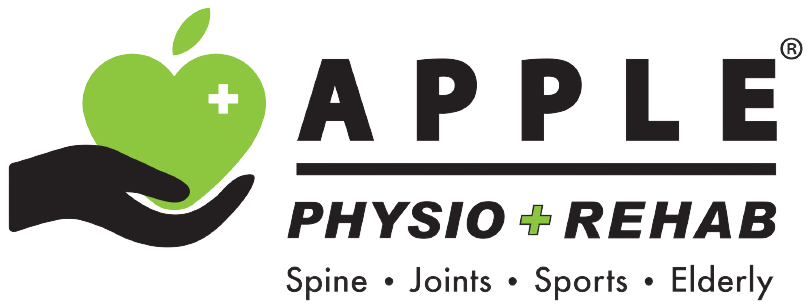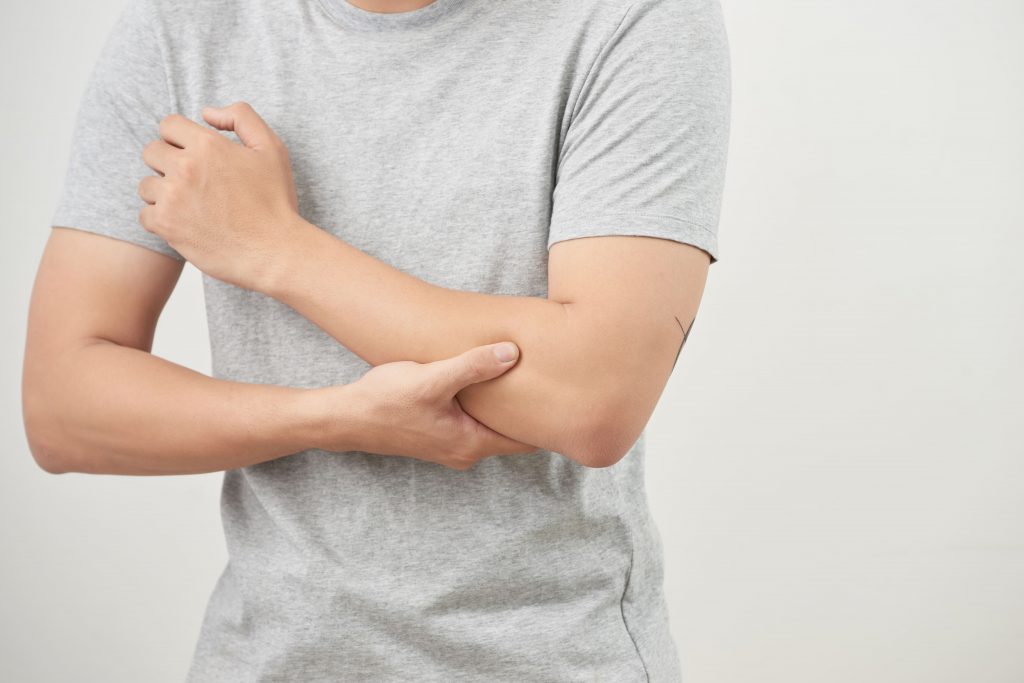Are you a golf enthusiast who’s suddenly feeling a sharp pain in your elbow every time you swing? Or maybe you’re a tennis player whose once smooth serves are now accompanied by a nagging ache in your elbow?
If so, you might be dealing with golfer’s or tennis elbow pain. But fear not! Understanding the causes and symptoms of these conditions is the first step towards finding relief with physiotherapy treatment in Malaysia and getting back to doing what you love.
What’s the Deal with Golfer’s and Tennis Elbow Pain?
Before we dive into the nitty-gritty of treatment options, let’s get one thing straight: what exactly are golfer’s and tennis elbow pain? Well, despite their names, you don’t have to be an avid golfer or tennis player to experience them.
Golfer’s elbow, also known as medial epicondylitis, refers to pain and inflammation on the inner side of the elbow, while tennis elbow, or lateral epicondylitis, affects the outer side.
Causes of Golfer’s and Tennis Elbow Pain
Golfer’s and tennis elbow pain often stems from a variety of common causes, primarily revolving around repetitive strain and overuse of the forearm muscles. One significant factor is the nature of repetitive movements involved in certain activities, such as swinging a golf club or a tennis racket. These actions subject the tendons in the elbow to constant stress, gradually wearing them down over time. The repetitive nature of these motions can lead to micro-tears in the tendons, resulting in inflammation and discomfort.
Another key contributor to golfer’s and tennis elbow pain is incorrect technique or form during physical activities. Whether it’s on the golf course or in the gym, using improper technique while swinging a club or lifting weights can place excessive strain on the tendons in the elbow. This strain may not be immediately noticeable but can accumulate over time, eventually leading to inflammation and pain. It’s essential to ensure proper form and technique during these activities to minimize the risk of injury and maintain elbow health.
Furthermore, overuse of the forearm muscles without sufficient rest and recovery is a common culprit behind golfer’s and tennis elbow. Continuous engagement in activities that stress the elbow joint without allowing adequate time for the muscles and tendons to recuperate can lead to overuse injuries. Whether it’s due to the demands of sports training or occupational tasks, neglecting rest periods can exacerbate existing symptoms and increase the likelihood of developing golfer’s or tennis elbow. Incorporating regular breaks and implementing strategies to promote muscle recovery is essential for preventing overuse injuries and maintaining optimal elbow function.
Is Your Elbow Pain Serious and When to Seek Physiotherapy Treatment in Malaysia?
So how do you know if your elbow pain is something to be concerned about? While most cases of golfer’s and tennis elbow can be treated with rest and home remedies, there are times when you should seek medical attention.
If your pain is severe, persistent, or accompanied by swelling, numbness, or weakness in your arm, it’s best to head to an experienced physiotherapy centre in KL for an elbow pain treatment in Malaysia. They can help rule out more serious conditions like fractures or nerve damage.
Tips and Treatment for Golfer’s and Tennis Elbow Pain Recovery
Now, onto the good stuff, the good news is that there are various ways to alleviate golfer’s and tennis elbow pain that help you bounce back to your routine. Here are some tips and treatments to help speed up your recovery:
- Rest and Ice: Give your elbow a break from the activities that caused the pain, and apply ice packs for 15-20 minutes at a time to reduce inflammation.
- Stretching and Strengthening: Gentle stretching exercises can help improve flexibility and reduce tension in the muscles and tendons around your elbow. Similarly, strengthening exercises can help prevent future injuries by improving the stability of your joints.
- Braces or Straps: Using a brace or strap can help provide support to your elbow and relieve pressure on the affected tendons.
- Physical Therapy: If your symptoms persist, consider seeing a physical therapist who can tailor a treatment plan to address your specific needs and help you regain strength and mobility.
- Medication: Over-the-counter pain relievers like ibuprofen or naproxen can help reduce pain and inflammation. In more severe cases, your doctor may prescribe corticosteroid injections to provide temporary relief.
Whether you’re a seasoned athlete or just someone who spends a lot of time typing on a computer, it’s important to listen to your body and take breaks when needed. And if you do find yourself dealing with persistent elbow pain, remember to not hesitate to seek medical attention. With the right treatment such as sports injury treatment in Malaysia and a little patience, you’ll be back on the course or court in no time!




